These Super Cute Tiny Homes are Made on a 3D Printer From Recyclable Plastic
They can be printed in a day.
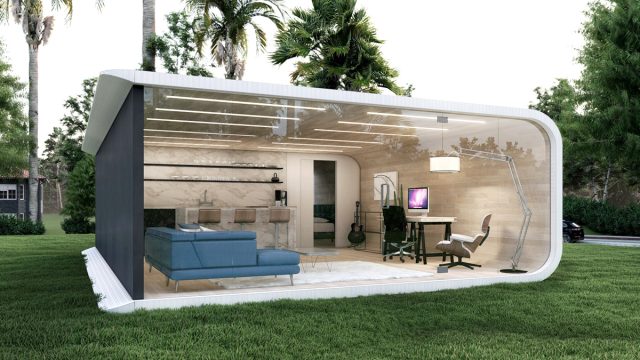
The “tiny home” is having a serious moment. Residents of an overly complicated world are drawn to the simplicity and style of these minimal dwellings, many of which are available out-of-the-box or via prefab kits that recall the days when you could order your whole homestead out of a catalog. One tiny-home startup is attracting attention for its distinctive business model, which uses recycled plastic to create super-stylish prefab homes. Read on to find out how it works.
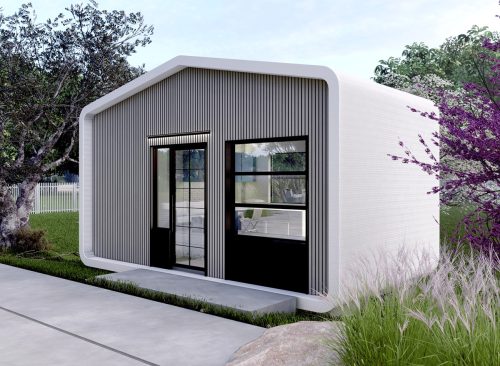
Sustainability is a big buzzword in the construction industry, and Azure, a Los Angeles-based architectural startup, is taking it to the next level: the company uses recycled plastic in 3D printers to create pre-fabricated tiny houses. Available models range from a studio apartment to a two-bedroom. “The construction sector is the largest global consumer of raw materials, responsible for approximately 11 percent of the world’s total carbon emissions. Our responsibility to our customers and future generations is to use the most sustainable practices imaginable,” said Ross Maguire, the CEO of Azure, upon introducing the world’s first 3D printed studio made with recycled plastic last April. He added: “We have created production efficiencies not only by capitalizing on the advances in 3D printing but by creating a design and process that is completed in only 20 hours.”

The 3D printed structures range from small studios (commonly known as sheds) to larger spaces that are classified as accessory dwelling units, or ADUs, meaning a secondary house or apartment that sits on the lot of a larger primary home. Azure claims to build homes 70 percent faster and 30 percent cheaper than traditional home construction methods like wood or concrete. More than 60 percent of each structure is to be printed from the plastic polymer traditionally found in plastic bottles and food packages. “Our supply chain should never be short in our lifetime,” Maguire recently told Insider.
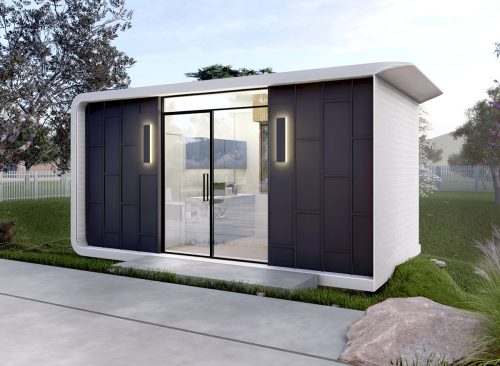
The models shown on Azure’s website are sleek, curvy spins on mid-century modern architecture, a far cry from the traditional boxy wooden backyard shed. The smallest model is a studio; the largest is a 900-square-foot two-bedroom. All are designed to be 3D-printed in under 24 hours and arrive on location, ready for use, via flatbed truck. The first homes should be available for delivery in mid-November.
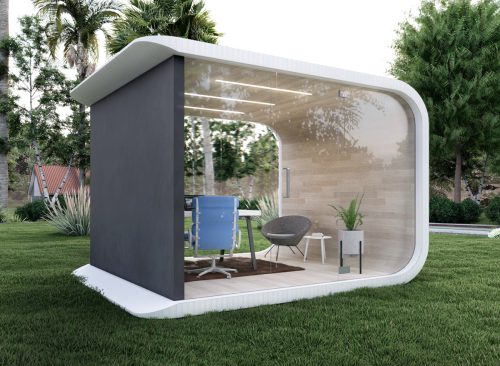
The smallest model—a 120-square-foot backyard studio, scaled for a home office or a gym—is priced at $24,900. A 180-square-foot studio (good for a guest room or Airbnb) runs $39,900 and currently has a three-month wait list.
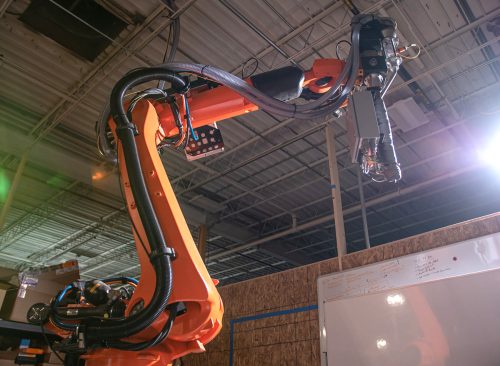
The company plans to build homes even larger than two-bedrooms by 2024. “3D printing is a more efficient way of building and it should only get better as we develop the processes, technology, and materials further,” Maguire told Insider. “I can only see it becoming more and more prominent in [construction] as we move forward.”














